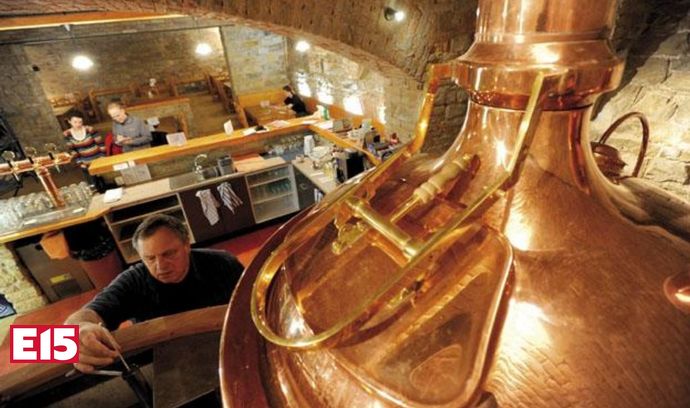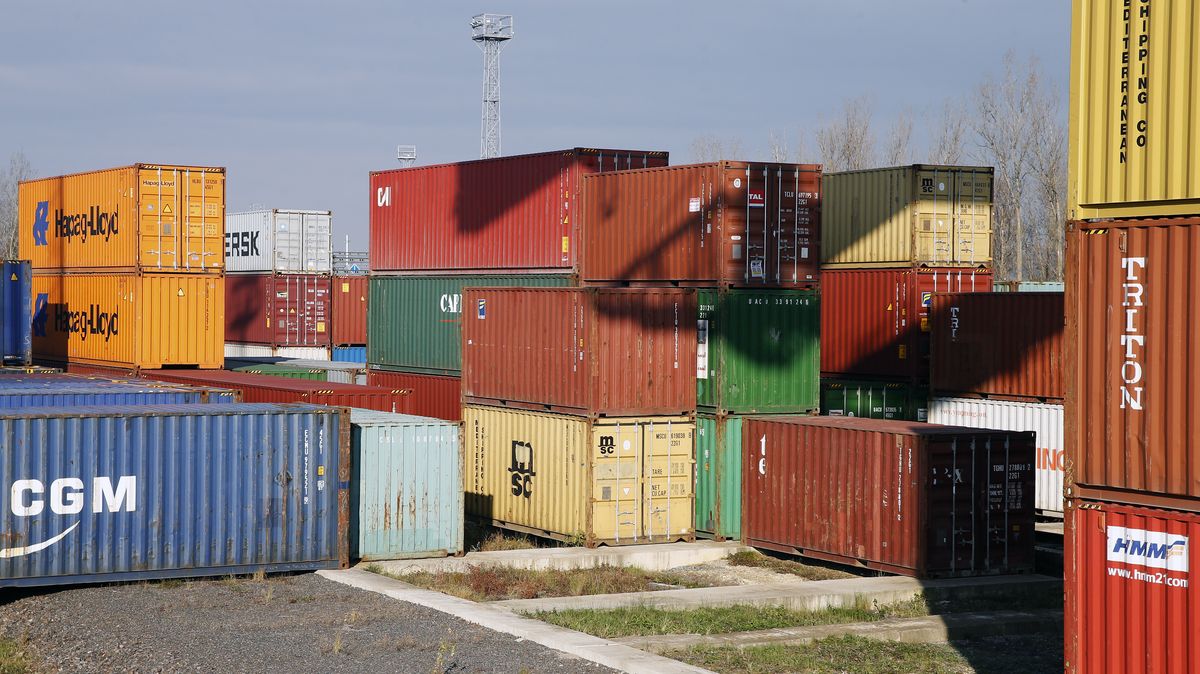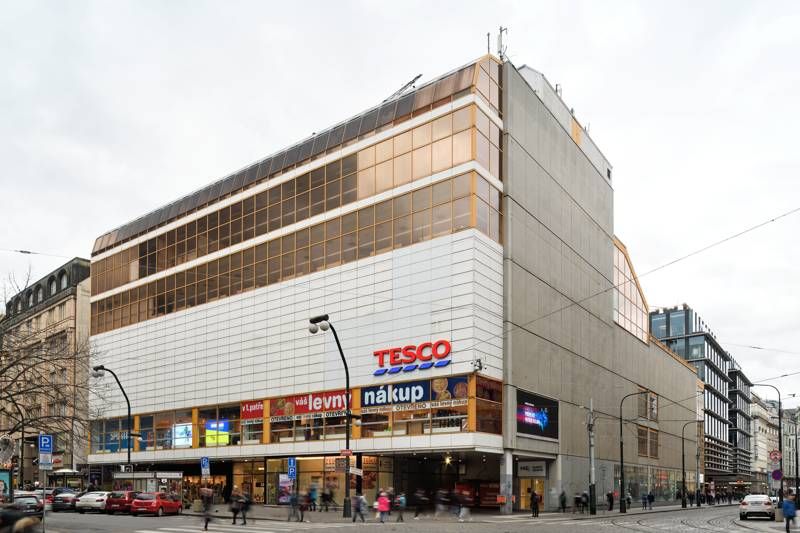In the Czech Republic, the number of municipalities that, in addition to castles, manors and other landmarks, can also boast of local breweries, albeit only small ones, is increasing. While in 2000 there were 66 breweries, mainly large ones, in 59 establishments in the Czech Republic, at the end of last year there were 163 breweries in 129 cities and towns, mostly microbreweries. This year, the number will exceed 170, according to information from the Association of Breweries and Malthouses.
“The trend is for modern-minded management of town halls and representatives who understand breweries, both small and large, as something that is part of the place and complements its social and cultural identity,” says Jan Veselý, executive director of the Czech Association of Breweries and Breweries. Malthouse.
The microbrewery boom started about three years ago. They differ from industrial manufacturers primarily in that they usually produce not traditional tens or twelves, but stronger specialty lagers.
By the Middle Ages, brewing rights were a common feature of at least a few houses in the village, and from the mid-19th century a number of industrial breweries were established. In 1913, there were nearly six hundred of them in the present-day Czech Republic. After the Second World War, after the communist rise and finally after the regime change in 1989, most of them disappeared, and production also began to concentrate in increasingly large enterprises. Under the previous regime, there was only one microbrewery in the Czech Republic – U Fleků in Prague.
At the site of a defunct factory, it is often destroyed after decades of inactivity, but in recent years, mini-factories have often been created. Last year, for example, beer production returned to Únětice near Prague after 60 years, and today beer is also being brewed again in Rychnov nad Kněžnou, Dobruška and at the Břevnovský monastery. This is also related to the first mention in Czech history of brewing from 993. There is also a city that has lost a brewery, but wants to return beer production to its former place. An example is Kutná Hora, where Heineken stopped production in mid-2009 and is looking for a new tenant.
Breweries and microbreweries also support tourism. Brewing activities are often accompanied by the construction of other facilities suitable for tourism, such as congress centers, beer spas, and the like. There is also great interest in beer and brewery events and festivals. According to the brewers’ association, more than 200 of them are now held per year.

“Tv nerd. Passionate food specialist. Travel practitioner. Web guru. Hardcore zombieaholic. Unapologetic music fanatic.”







